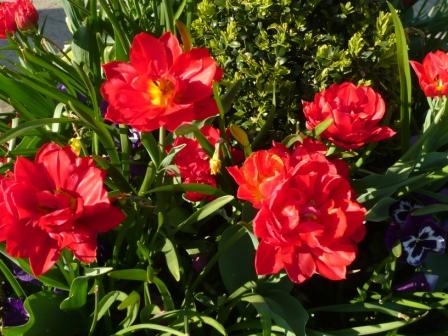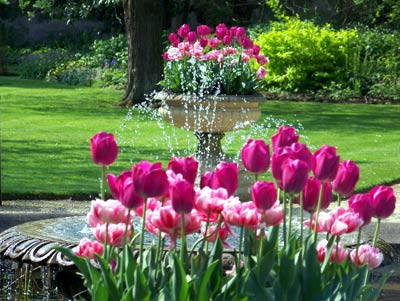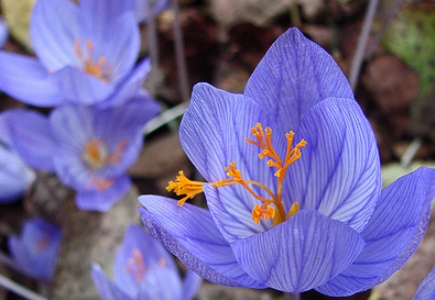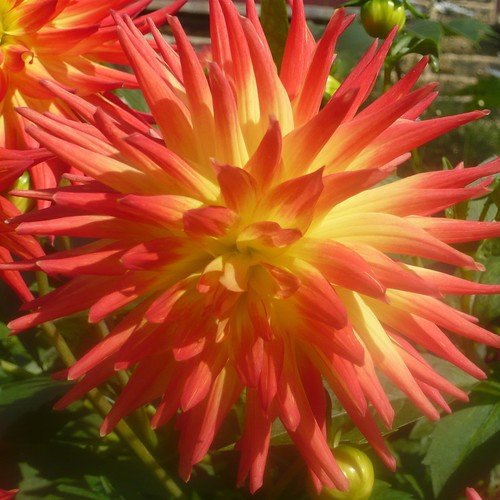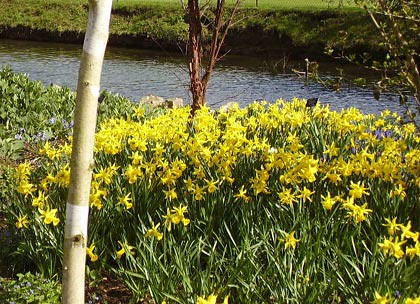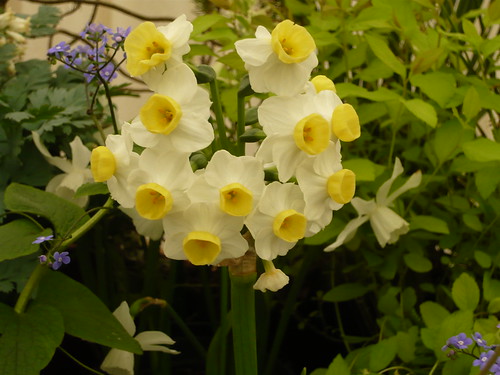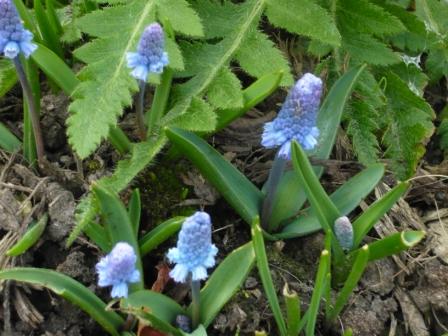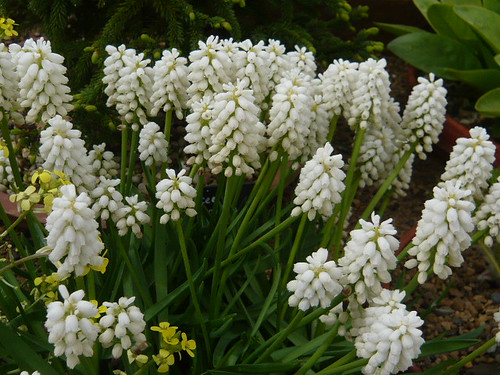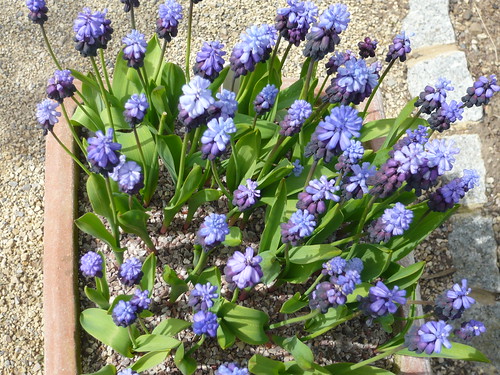Daffodils are classified into 13 divisions and currently one of the most popular is Division 8 Tazetta Narcissi. These are a group of low growing daffodils that are at home in rockeries or containers.

Features of Tazetta Daffodils
Tazettas have several flower heads per stem and look very showy as a result.
All the varieties flower at about 12 inches high.
Tazettas are popular for pot growing and forcing as they do not need a long period of cold before rooting and growing.
Most Tazettas are well scented.
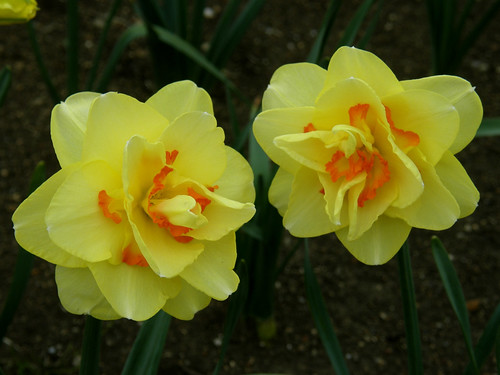
Key Varieties of Tazetta Daffodils
Paperwhites are one of the best known Tazetta varieties. They have a good scent and are easy to grow for Christmas flowering or in pot culture.
Cheerfulness has a double perianth (outer petals) and flowers in pure white or as a pure yellow sport often sold as Primrose Beauty.
Cragford is a variety I am growing this year with a plan to cut flowers for indoors. It is scented with white petals and a deep orange / scarlet cup.
Avalanche flowers a bit later in April. It has white petals and lemon coloured central cups.
Geranium is another old favourite with white petals and orange cup.
Scarlet Gem has 4-6 flowers per stem with the best red ey and deep yellow perianth.
Hoopoe has petite yellow scented flowers.
Chinese Sacred Lily Tazettas have creamy white petals with a small, scented and flattened yellow cup.

Tips for Forcing Tazetta Daffodils
Plant in well drained compost in crocked pots.
Plant so the nose of the bulb is just level with the top of the compost. You can plant the bulbs close together.
Keep the planted-up pot in the cool dark for four to six weeks.
Bring out into brighter light and more warmth until they flower in 6-9 weeks.
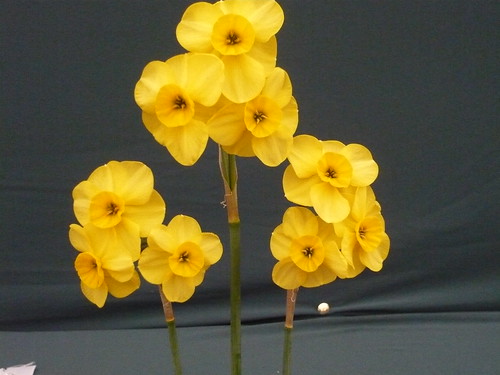
Other Resources
Daffodils can be ordered now for Autumn delivery from Thompson & Morgan
Other types of Miniature Daffodils and Narcissi Tips
Gardeners tips for Growing Daffodils
Daffodil divisions
Photo Credits
“AMARYLLIDACEAE 石蒜科 – Narcissus (Narcissus tazetta var. chinensis) ä¸åœ‹æ°´ä»™ by kaiyanwong223 CC BY-NC-SA 2.0
#2729 daffodils (æ°´ä»™) by Nemo’s great uncle CC BY-NC-SA 2.0



